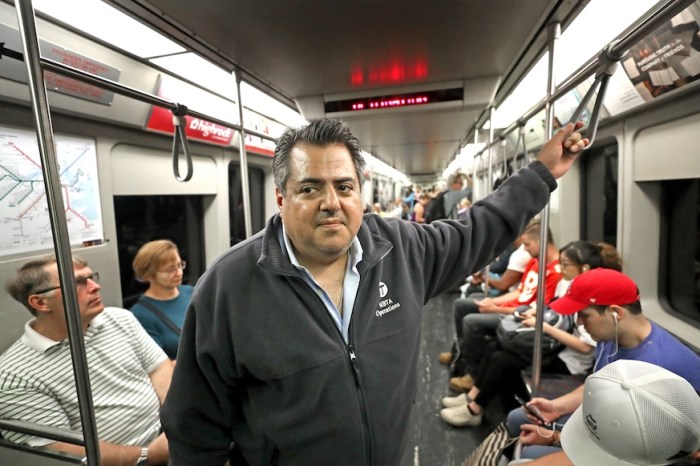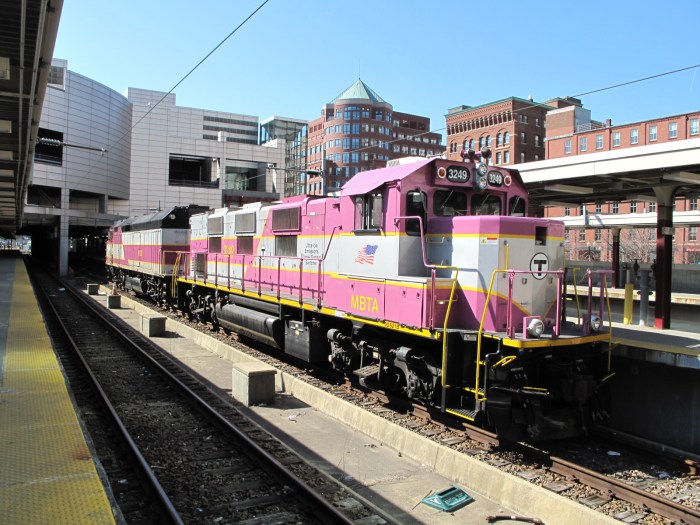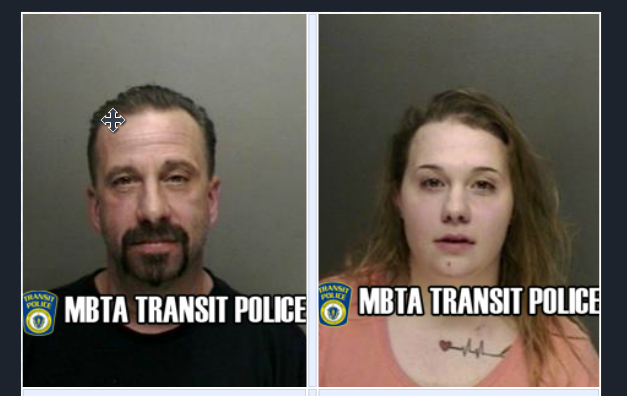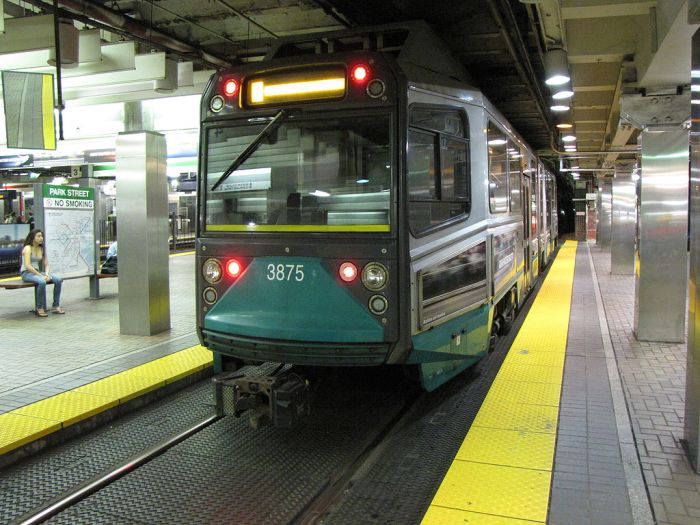There was plenty of blame to go around on Monday as T officials heard a scathing critique of the process that turned the Green Line extension from a $2 billion boon to a $3 billion question mark.
Too little oversight, an accelerated timeline and a mishandled bidding process all contributed to the surprise discovery this year that the project would cost an estimated $1 billion more than expected, consultants found. The T earlier this year asked the Berkeley Research Group to assess what went wrong behind the scenes with the project, which aimed to extend trolley service into Somerville and Medford. The extension is now in question, as is $1 billion promised in federal funding for it. This deep into the project’s history, there still has not been a budget produced that could be called “reliable,” the said Terry Yeager, Berkeley Research Group’s managing director. He said he was only comfortable saying the extension would cost between 2.5 billion and 3 billion, a range $500 million wide. The analysts also questioned the process the T used to contract out the work needed for the extension, and said the rush to finish the project on a tight schedule may have made matters worse.
“You have to have pressure on schedule or things don’t get done,” said Terence Rodgers, also a managing director. “The situation gets a little bit different when you have a schedule that’s driving all your decision-making.” RELATED: Green Line extension in question after price tag jumps $1 billion Following a “construction manager/ general contractor” model, the T picked builders before they made bids. This was a pivot away from the usual process, in which projects are awarded after many contractors compete against one another. The idea was to make it easier to take on the large-scale project one chunk at a time. But the way it was used also may have let contractors — a group called White Skanksa Kiewit—take advantage of the T to get the highest possible construction costs, said Brian Lang, a member of the MBTA’s oversight board. RELATED: What went wrong with the Green Line extension?
“We allowed them to work the system,” said Lang.
“I think that’s fair,” said Yeager, the consultant, of Lang’s assessment.
The GLX was the first project ever in Massachusetts to use that model.
Ten MBTA employees, working an amount that equaled four full-time positions, watched over the process, officials said.
Transit officials would not say whether they planned to sue. There was a closed-door joint meeting of the MBTA and MassDOT boards to discuss legal issues after the public meeting.
Ballooning costs or not, the state has a lot to gain by extending the Green Line to the densely populated cities just outside Boston, said Transportation Secretary Stephanie Pollack, who touted economic benefits she said would come with it. She said a follow-up meeting of both boards is scheduled for Dec. 9, when officials hope to figure out how much the project will cost, how to pay for it and who should lead its construction “in a way that is fiscally responsible and affordable. “We are not there yet,” Pollack said.
Many to blame for Green Line extension flop: analysts
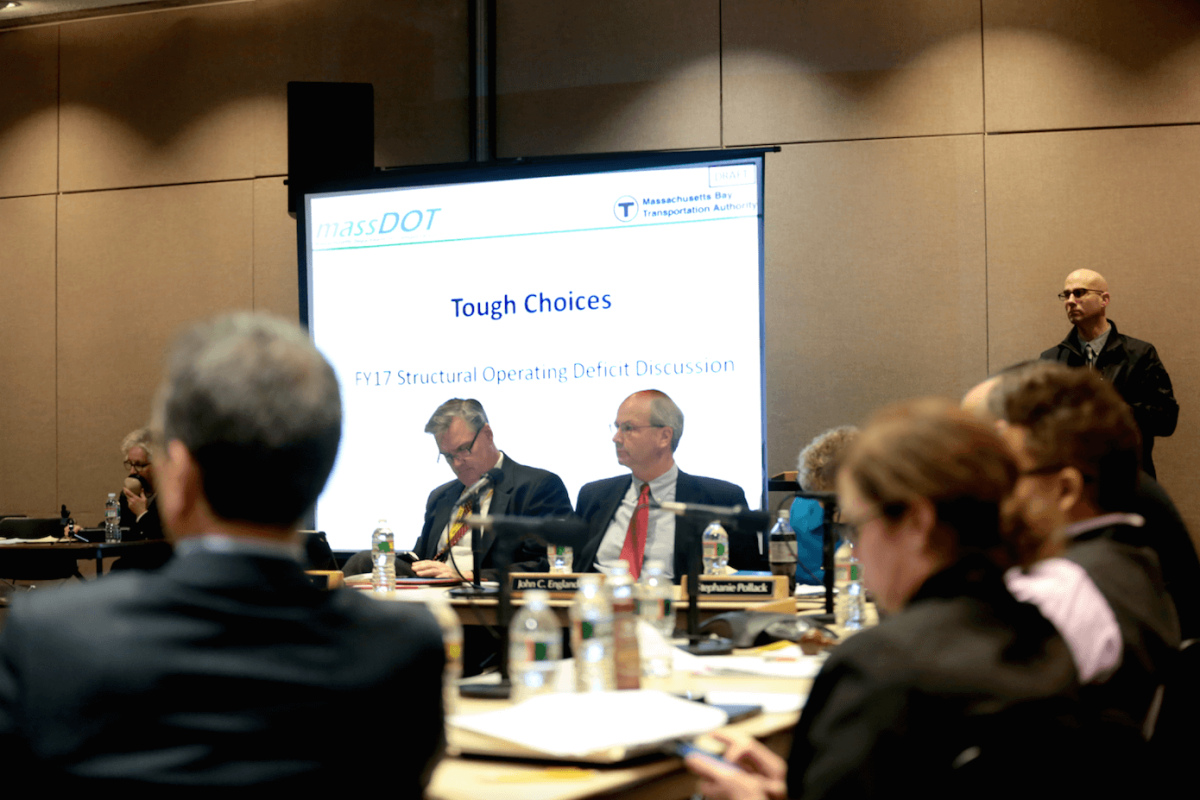
NICOLAUS CZARNECKI/METRO











